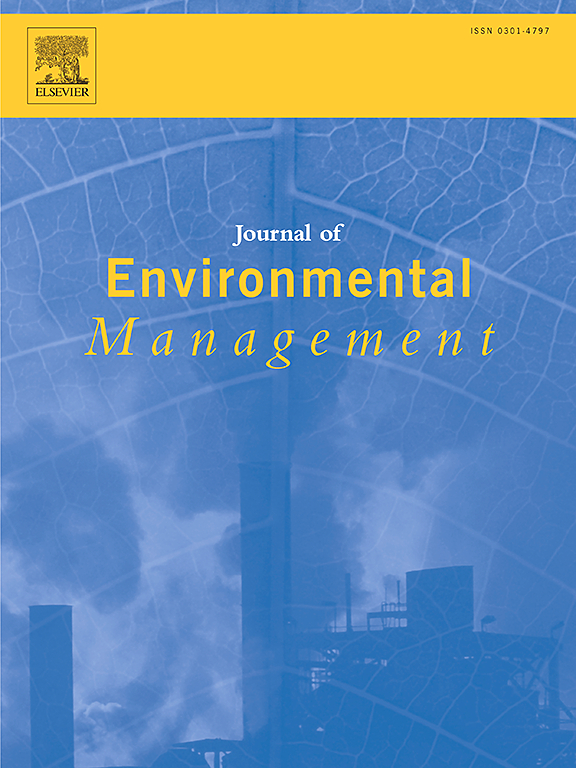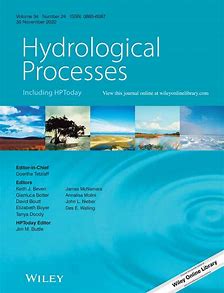
Stricter reductions of nutrient pollution support riverine community recovery in degraded catchments

Spatiotemporal variations and drivers of water quality in the source region of the Yellow River
Hydrological Processes in Lowlands and Plains
Lowlands and plains provide important ecosystem services such as agricultural and forestry production, groundwater recharge, streamflow generation and drinking water supply. This Special Issue collects scientific papers advancing understanding of the mechanisms underlying the movement and storage of water in lowland and plain environments.
Extreme summer storm elicits shifts in biogeochemistry, primary productivity, and plankton community structure in a large-scale lake enclosure experiment
Phenotypic Divergence Associated With Genomic Changes Suggests Physiological Adaptation in Obligate Asexuals
From Soil to Sediment: Bedform Migration Shapes Microbial Communities From Eroding Bank Soil During Terrestrial–Aquatic Regime Shift
The authors tested the impact of simulated ripple migration on two types of river sediment, namely aquatic sediment and incoming soil from eroding riverbanks, and compared them to stationary conditions in a microcosm experiment. Ripple migration influences community dynamics and microbial metabolism and decelerates the colonization of incoming soil from eroding riverbanks.
Reducing Uncertainty in Hydrologic Model Using Water Isotope and Chloride Data for Glacierized Catchment on the Tibetan Plateau
The Role of Beaver Dams in Modulating Hydrological Connectivity and Nutrient Dynamics in Agricultural Catchments With Intermittent Streams
Beaver dams and associated wetlands can alter hydrological connectivity and biogeochemical processes,, but their combined influence on nutrient dynamics remains understudied. The authors investigated the effects of a network of beaver-impacted waters on macronutrients dynamics in an intermittent stream network showing the effectiveness of beaver created wetlands as nature-based solutions.

Bridging the gap between individual specialization and species persistence in mutualistic communities
A roadmap for equitable reuse of public microbiome data
Science benefits from the rapid and open exchange of knowledge. However, there is a lack of appropriate community standards for data exchange between different institutions. In this article the authors discuss improvements for the exchange of extensive microbiome data.






